-
main-collection-product-grid
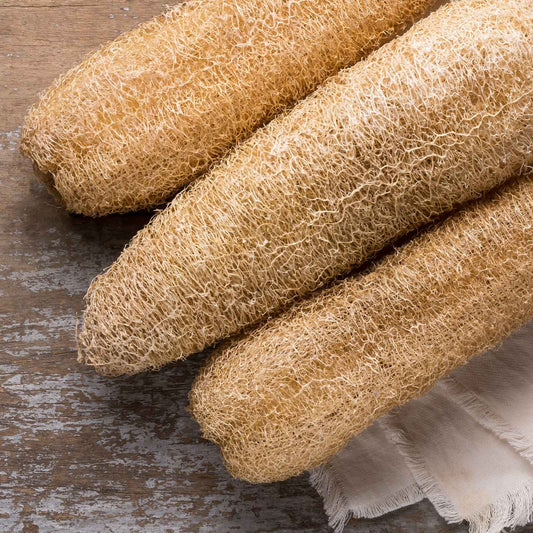
Gourd Seeds - Luffa
Source of the popular bathroom and kitchen scrubberGourd Seeds - Luffa
Source of the popular bathroom and kitchen scrubberRegular price As Low As $4.99Regular priceUnit price per -
main-collection-product-grid
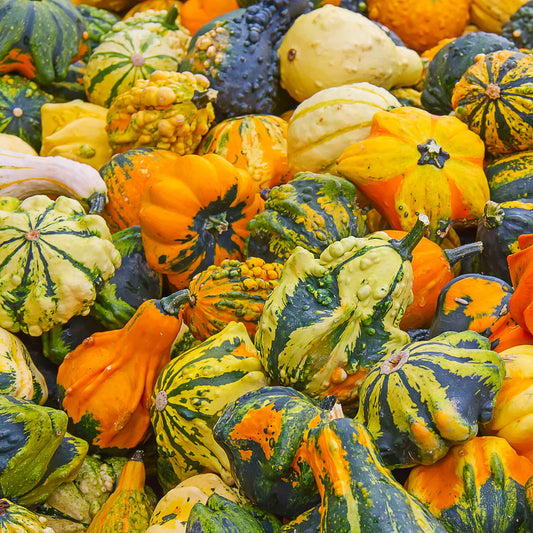
Gourd Seeds - Small Mix
A motley mix of small, decorative gourdsGourd Seeds - Small Mix
A motley mix of small, decorative gourdsRegular price As Low As $4.99Regular priceUnit price per -
main-collection-product-grid
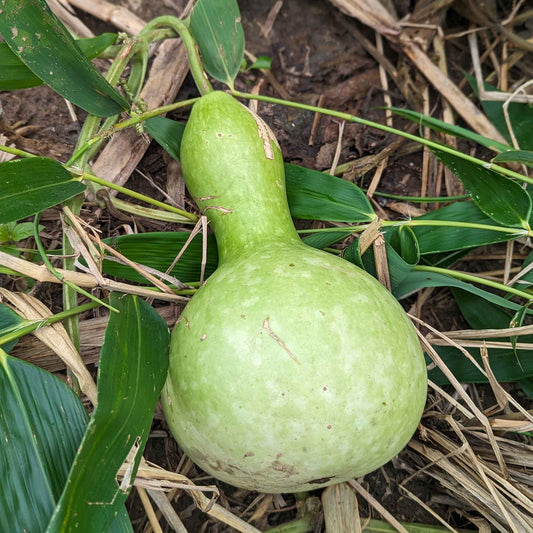
Gourd Seeds - Birdhouse/Bottle
Classic crafting gourd with a birdhouse shapeGourd Seeds - Birdhouse/Bottle
Classic crafting gourd with a birdhouse shapeRegular price As Low As $4.99Regular priceUnit price per -
main-collection-product-grid
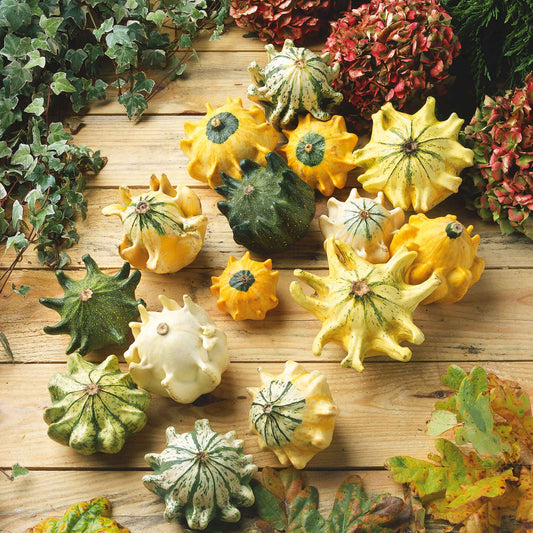
Gourd Seeds - Shenot Crown of Thorns
Fast growing, multi-colored mixGourd Seeds - Shenot Crown of Thorns
Fast growing, multi-colored mixRegular price As Low As $4.99Regular priceUnit price per -
main-collection-product-grid
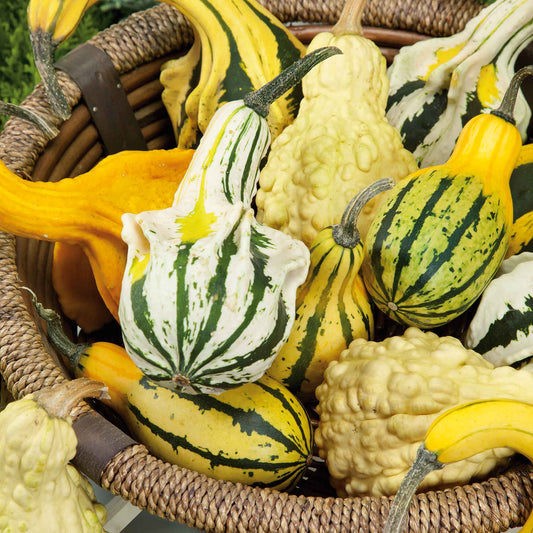
Gourd Seeds - Large Mix
A diverse mix of shapes and texturesGourd Seeds - Large Mix
A diverse mix of shapes and texturesRegular price As Low As $4.99Regular priceUnit price per -
main-collection-product-grid
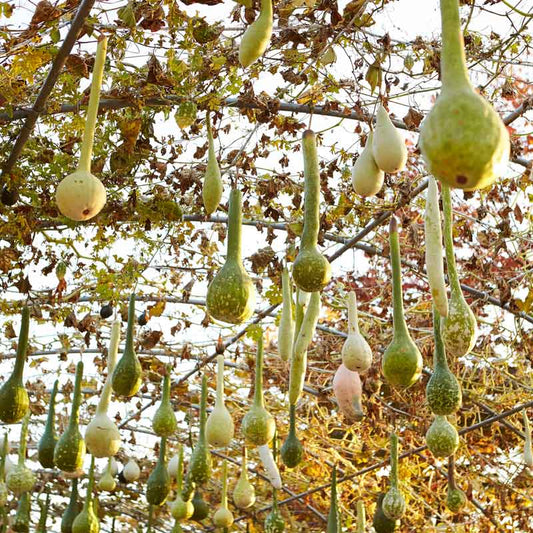
Gourd Seeds - Dipper
Favored for crafting large ladlesGourd Seeds - Dipper
Favored for crafting large ladlesRegular price As Low As $4.99Regular priceUnit price per -
main-collection-product-grid
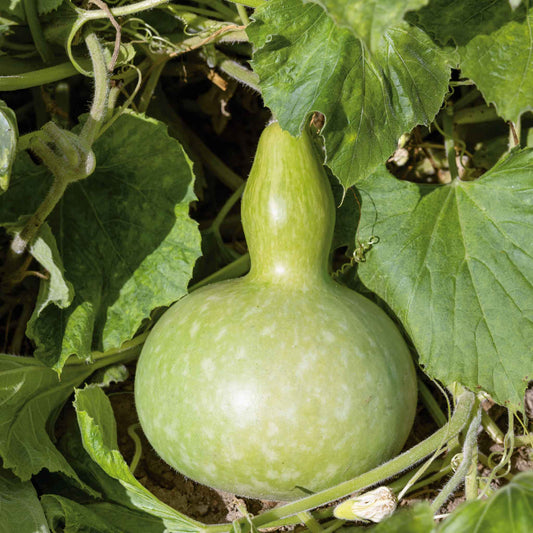
Gourd Seeds - Giant Bottle
Originating in South Africa, bottle gourds are one of the oldest domesticated plants in the worldGourd Seeds - Giant Bottle
Originating in South Africa, bottle gourds are one of the oldest domesticated plants in the worldRegular price As Low As $4.99Regular priceUnit price per -
main-collection-product-grid
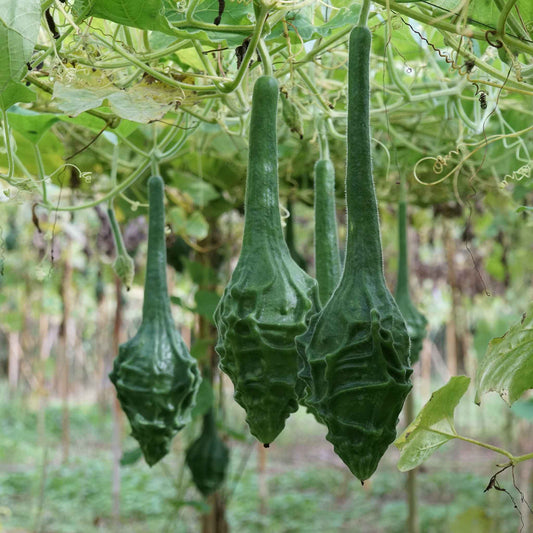
Gourd Seeds - Caveman's Club
Resembles the club of our primitive ancestorsGourd Seeds - Caveman's Club
Resembles the club of our primitive ancestorsRegular price As Low As $4.99Regular priceUnit price per
About our gourd seeds
- 8 gourd seed varieties
- Offers crafting opportunities with their birdhouse like shape
- Among the oldest cultivated plants, used as water bottles by the Egyptians
- Many squashes are gourds, but not all gourds are squashes
The similarities of gourds and squash
If you can grow a squash, then you can grow a gourd! The two share striking similarities for germination and growth, but one big difference remains—when to harvest. Harvest time can be the most enjoyable part of growing gourds! Harvest a gourd after the vines have died, which is much later than you would your squash or pumpkin. This way, the rind can cure on the vine and get good and tough.
Crafting with Gourds
Gourds are delicious, easy-to-grow fruits with a distinctive form that may be used in place of squash. Eden Brothers' Birdhouse/Bottle Gourds may also be used to make houses for feathered companions, while Luffa Gourds can be used to exfoliate. Gourds are one of the most popular materials for nature-loving crafters and are often turned into vessels, vases, ornaments, and many other artful items.
When to grow and harvest gourds
In colder zones, start gourd seeds indoors six to eight weeks before the final frost. In warmer zones, you will need to start your seeds just three to four weeks before the final frost. The typical percentage of seeds that germinate is between 60 and 80 percent. Gourd seeds will mature and be ready for harvest in about 180 days after sowing your seeds.
Ideal conditions for gourd plants include full sun exposure and well-draining soil that is rich with organic material. Gourds thrive when planted directly into hills formed of aged compost and soil with temperatures averaging between 75 and 85°F. Depending on the variety and use for your gourds, you may choose to set up a trellis. Allowing your gourds to reach and grow up a trellis will help avoid a flat spot that can develop if growing on the ground.
How to sow gourd seeds for the best results
Sow your seeds one to two inches deep with four to five seeds per hill, spaced about four inches apart. Rows should be spaced about five to ten inches apart. The more space between seeds, the larger the gourds will grow. Once the seedlings emerge, thin to about two to three per hill. Water regularly. Harvest your gourds prior to cold weather and keep them in a cool, dry place for several weeks so they can cure. To remove them from the vine, use sharp shears and make a clean cut, leaving part of the stem remaining.
Gourds have many popular companion plants
Companion plants for gourds include broccoli, radishes, dill, catnip, and French marigolds. Whether planting as a pest deterrent or for decorative purposes, there's good reason to put a few of the recommendations together in the garden.
For more information about planting, growing, and caring for gourd seed, see the Gourd Seeds Planting Guide.







